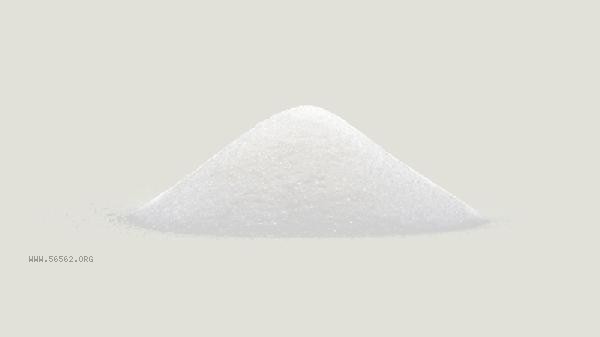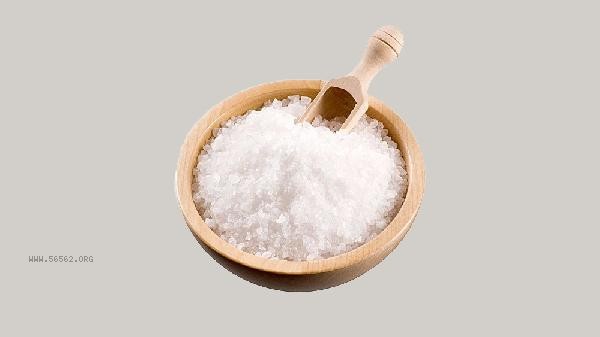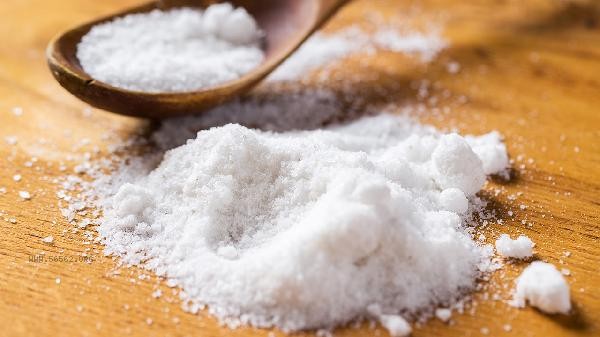Adding salt during dough kneading is mainly to enhance dough gluten, regulate fermentation speed, improve taste, inhibit bacteria, and enhance dough stability. Salt plays multiple roles in dough by affecting gluten protein structure, osmotic pressure, and microbial activity. Adding salt during the dough kneading process can promote the cross-linking reaction of gluten proteins, leading to the formation of a more compact three-dimensional network structure in the dough. This effect originates from the electrostatic interaction between sodium ions and wheat gluten, which synchronously improves the elasticity and extensibility of the dough, especially suitable for making handmade noodles that require repeated kneading or bread with high toughness requirements. When the salt concentration is between 1-2%, the gluten strengthening effect is most significant, and if it exceeds 3%, yeast inactivation may occur due to high osmotic pressure. The osmotic pressure characteristics of salt can slow down the growth rate of yeast and prevent the dough from producing too many large pores due to rapid fermentation. This characteristic is particularly important in high temperature environments during summer, as it can maintain a uniform and delicate texture of the dough. However, it should be noted that dough with high salt content needs to have its fermentation time appropriately extended. In low-temperature environments, it can be mixed with warm water to balance the inhibitory effect. In the traditional fermentation process of aged noodles, salt can selectively inhibit the excessive proliferation of lactic acid bacteria and maintain the acid-base balance of the dough.

It is recommended to use refined salt for daily noodles and dissolve it thoroughly in water before adding flour to avoid direct contact with yeast and affecting activity. Different wheaten foods have different salt requirements. Dumpling skins can be properly reduced to highlight the freshness of the filling, while Lamian Noodles can be slightly increased to enhance toughness. To control salt intake, people can choose the post salt method, which involves kneading salt into the dough before it is formed to ensure the process effect and reduce sodium intake.










Comments (0)
Leave a Comment
No comments yet
Be the first to share your thoughts!